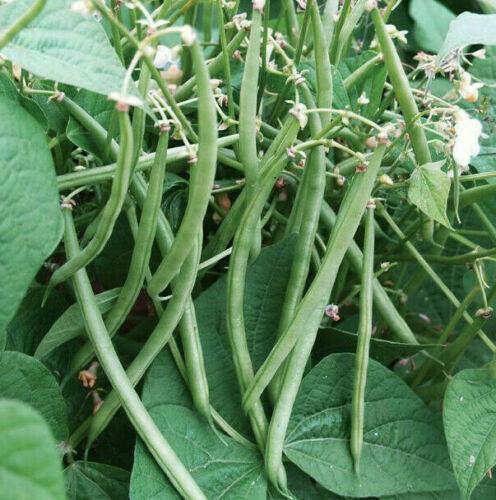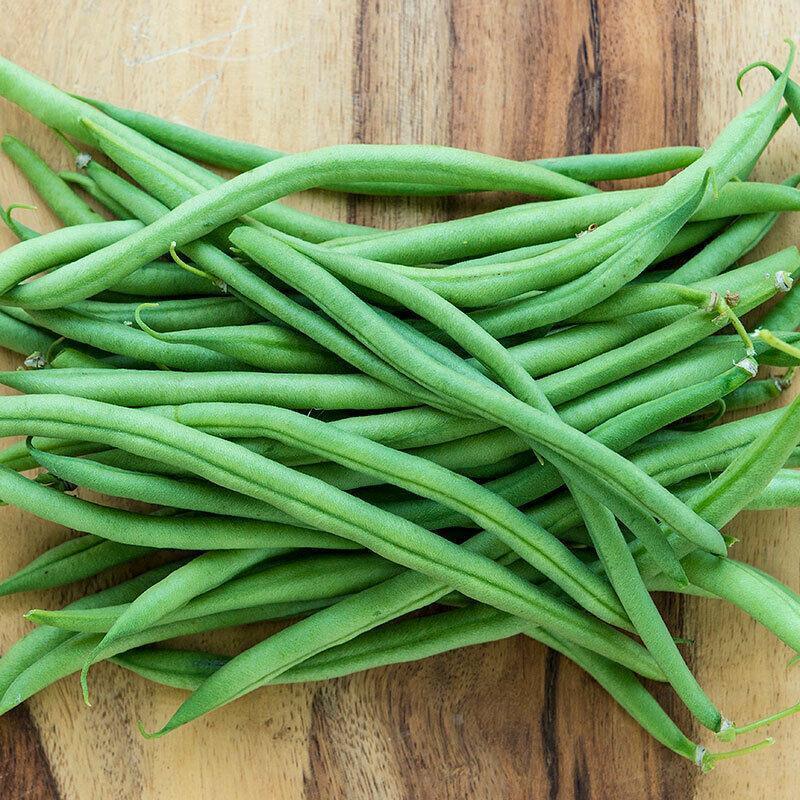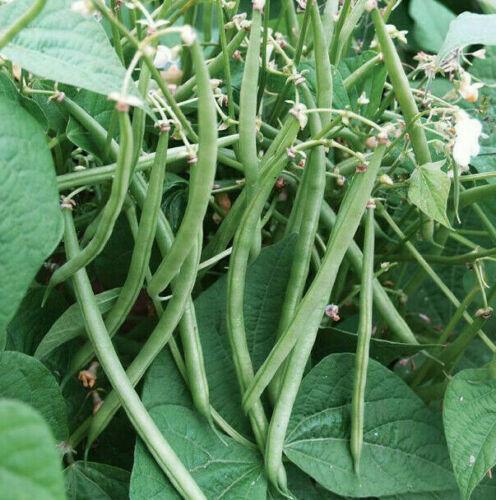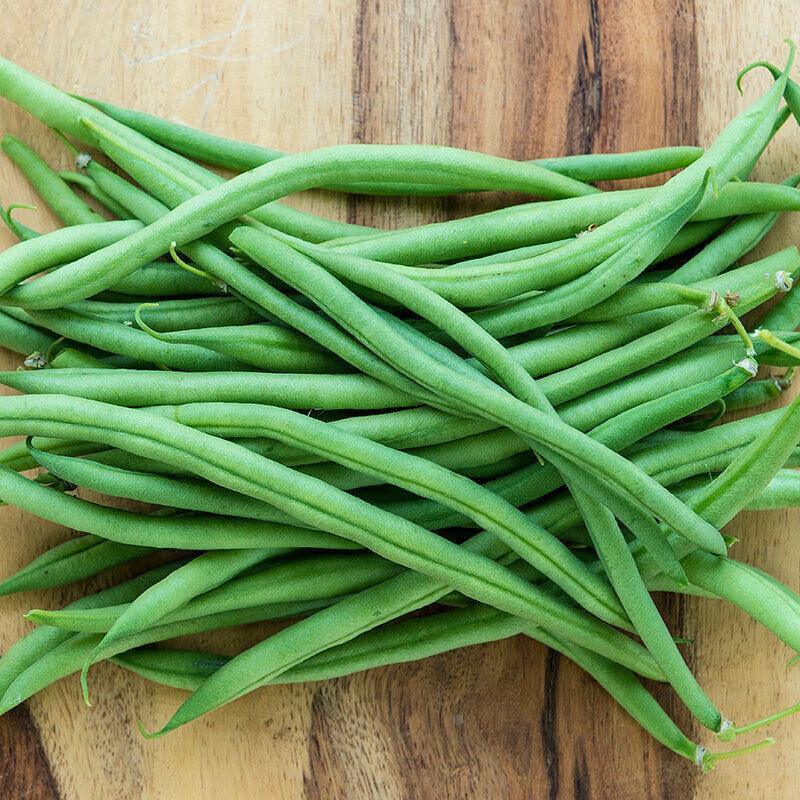Shipped from Pittsburgh, PA, USA
30 Top Crop Green Bean Seeds
30 Top Crop Green Bean Seeds
Couldn't load pickup availability
Top Crop Green Bean Seeds | Heirloom Stringless Tender Vegetable Seed Fresh 2022
Top Crop green bean is an AAS Award-winning variety of green beans developed to be disease-resistant, particularly to bean mosaic virus. This low-maintenance variety easily grows a heavily concentrated set of 6-7 inch long, stringless, round beans.
Plant Name: Bean, Top Crop
Latin Name: Phaseolus vulgarus
Days to Germinate: 6-10
Days to Harvest: 56
Germination Rate: 93%
Test Date: 9/21
Growth Habit: Bush
USDA Zones: 3-12
Lifespan: Annual
Country of Origin: United States
Sunlight: Full Sun, Partial Shade
GMO: No
Pollination:
Heirloom, Open-Pollinated
Planting Instructions
Soil Preparation:
Remove weeds, large rocks, and litter from the planting area. Till the soil 8-10 inches deep and rake several times to break up large clods. It is best to do this when the soil is dry enough to not stick to garden tools. Loosening the soil will help the plant establish strong roots.
Planting:
In the Spring, plant beans after all danger of frost have passed. In the Fall, plant beans 10 to 12 weeks before the first expected frost. For large plots, use ¼ to ½ pound of seed for every 100 feet of row of green beans.
Plant bush beans 1 inch deep and 1 to 2 inches apart in the rows that are 2½ to 3 feet apart. Planting in moist soil is best for seeds to germinate and emerge quickly. After the beans have sprouted, thin the plants to 3-4 inches apart.
- Planting Depth: 1 inch
- Within-Row Spacing:
- 1-2 inches, thin to 3-4 inches
- Between-Row Spacing:
- 2 1/2-3 feet
Care During the Season
Watering: Water the plants about once a week in dry weather. Try not to let the soil dry out while the beans are blooming or the blooms will drop and yields will be decreased.
Weeding: The roots of beans grow near the soil surface. When hoeing and pulling weeds, try not to dig too deep to prevent the plant's roots from being damaged.
Fertilizing: As the plants begin to flower and set beans, you may optionally apply fertilizer to help plants produce more beans. Apply by scattering between the rows about 1/2 cup of fertilizer for every 10 feet of row. Water the plants after fertilizing.
Insecticides: Insecticides may be used to protect plants. Bt-based insecticides and sulfur are organic options. Sulfur also has fungicidal properties and helps in controlling many diseases. Before using a pesticide, read the label and always follow cautions, warnings, and directions.
Diseases: Diseases may be a possibility during cool, wet weather. If spots appear on leaves or bean pods, treat the plant with an approved fungicide. Neem oil, sulfur, and other fungicides may be used.
Share




